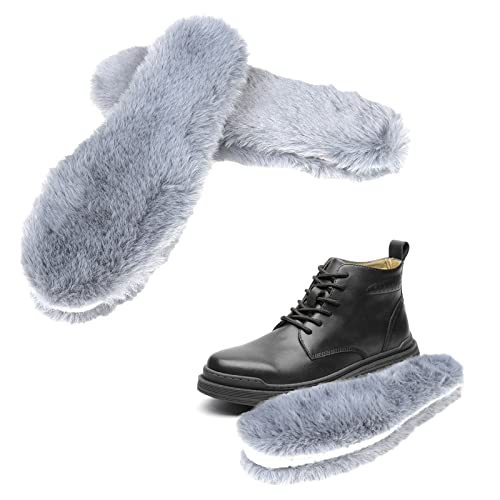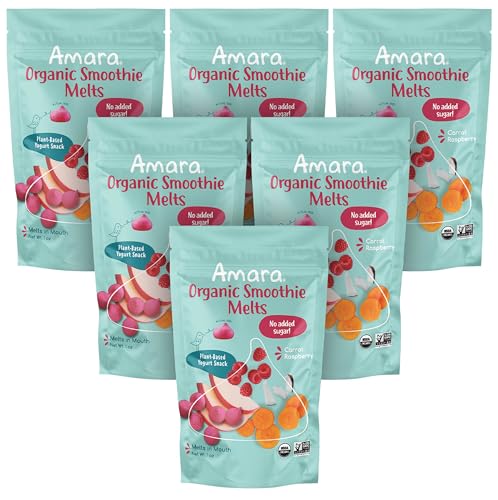I agree, the ones with blue are tortoiseshell, 'tort' for short. Non-extension is the double recessive gene that prints the orange/fawn tones on the main body hair instead of the usual dark colors. When paired with the agouti gene it produces red/orange/fawn with light bellies and light inside the ears, on the belly, around the eyes, and under the nose. However, when paired with non-agouti (self) color, you get tortoiseshell. where the main body color is still orange, but the points (ears, nose, feet, tail) are dark. The color of the points depends on two other genes, the black/brown and dense color/dilute color genes. Black + dense color = black tort, often just called 'tort'. Black + dilute = blue tort, chocolate + dense = chocolate tort, chocolate + dilute = lilac tort.
Californians are black, dense, non-agouti, full-extension and Himalayan pattern. Reds can be black or chocolate based, dense, agouti, non-extension, full color. Black is dominant, dense is dominant, agouti is dominant, full extension is dominant, full color is dominant. So yes, if the Cal carried a recessive non-extension to match the red's only non-extension, and the red carried a recessive non-agouti to match the Cal's only non-agouti, you'd have--black, dense, non-agouti, non-extension, full color--in other words, a tort.























































